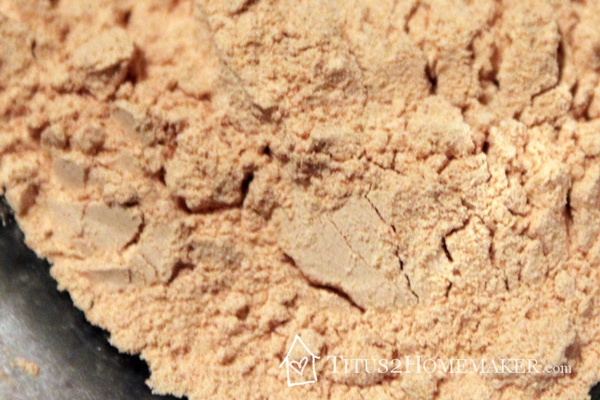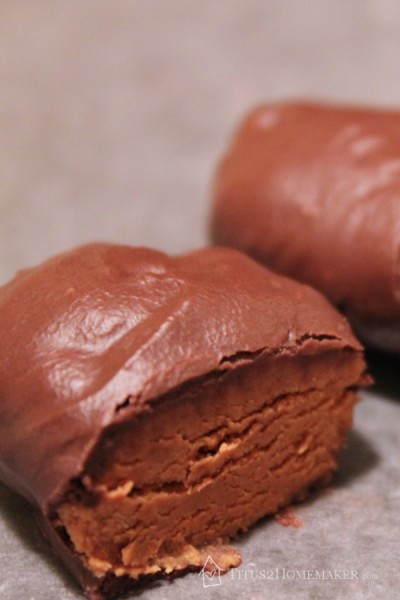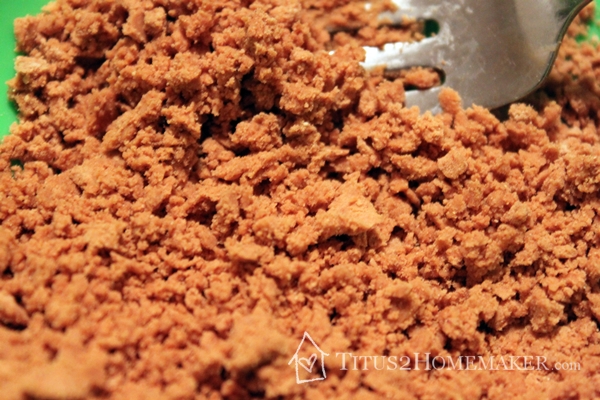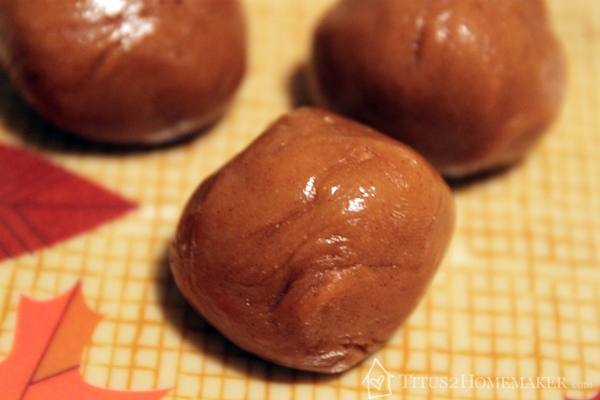I received samples of the maca you see below, to facilitate my review. As always, all opinions expressed here are entirely my own.
What in the World is Maca?
Maca is a root native to Peru. I think it looks kind of like a cross between a turnip and a head of garlic. The maca root comes in a variety of colors (which is why we ultimately end up with varying colors of maca powder).
When you buy maca, you don’t buy the whole root. You buy it dried and powdered. The powder is a pale brown, with a texture similar to cornstarch, arrowroot, or powdered sugar. The exact color varies, depending on which variety you’ve purchased. Red maca powder is, as you might expect, more pinkish in undertone. The black is a bit darker. The gelatinized maca powders are both a bit darker overall, as you might expect of any dry ingredient that has been heated. (Think “toasted.”)
Maca has a distinctive fragrance. The raw maca has a sweetish smell that I associate with scents like that of maple syrup or butterscotch. The closest literal comparison I can come up with, though, is sweetened peanut butter with molasses. The gelatinized maca has a “darker” scent.
There’s a difference in the flavor, too. The raw maca powder has a kind of sweetness to it (perhaps due to its fragrance?), although the aftertaste, in my opinion, is primarily bitter. The gelatinized maca powder tastes cooked. There’s a toasted, or even almost “burnt” undertone to it. (All of these descriptions are based on tasting the maca by itself, by the way, which is not how people generally consume it.)
Why Should I Care? What is Maca Good For?
So what? Why should you care about this root from Peru? Because, like ginseng, it has been consumed for centuries for certain health benefits.
Overall, the maca root is an adaptogen. In simplified terms, an adaptogen is an herb or other substance that “boosts” the body’s overall function, without taking a direct action on any one organ or system. (So it doesn’t tend to throw things “out of whack” like might happen if you consume something that, say, raises or lowers blood pressure.)
But maca has other actions, as well. There are a number of reported benefits — some with scientific support and others still anecdotal (which just means they haven’t been tested yet; not necessarily that they aren’t accurate!) — but the majority of them come down to hormone balance.
Maca is said to balance various hormones, resulting in improvements to the male/female systems and various parts of the endocrine system. I know, I know — you’re thinking, “Could you please be more specific?!”
- Better adrenal function
- Increased libido
- Enhanced fertility
- Boosted energy
- Reduced stress, anxiety, depression
- Decreased menopausal symptoms
- Better focus, memory, clarity
All of these are reported benefits of maca consumption. (And all are related to the balancing of hormones & neurotransmitters, which is why I mentioned that first. If you can’t remember this list, you can probably remember “balances hormones, so if it’s hormone-related…”)
A Little Dab Will Do Ya
Now, with that said, don’t go all crazy and start consuming it by the cupful! That whole “if a little is good, a lot must be better” thing — not so good here. See, maca root is pretty starchy. Contrary to popular belief, the native Peruvians don’t just slice it up and eat it raw. The traditional (lengthy!) process of preparation involves curing them for storage out in the elements, then later grinding and boiling for consumption.
When we consume starches, our bodies first break them down to simpler sugars, then digest those. Our bodies find it harder to break some starches down into their component sugars than others — and some of us simply have bodies whose starch-to-sugar digestion process is impaired.
When I first tried taking maca, it was not pretty. At risk of sharing “TMI,” but to spare you some potential ugliness, we’re talking severely painful intestinal gas and loose bowels. (I have a pretty high pain tolerance, so when I say severely painful, I really mean painful.) In hindsight, I should have known better, because my body isn’t handling starches well right now, in general.
I learned a couple things through that experience.
First, you don’t need much! I was thinking, “flour substitute.” You know, like arrowroot or something. Um, nope. (Fortunately, I never tried it by the cup!) We’re talking more along the lines of “seasoning,” as far as quantities go. Like, in the ballpark of a teaspoon or less.
Second, I learned the difference between raw and gelatinized maca powders. The gelatinized maca powder more closely mimics the traditional preparation. It has already been heated to convert those starches to sugars, making it more readily digestible – especially for those of us who struggle with starches.
The gelatinized maca experience was much better!
So stick with a maca powder dosage of about 1/4 – 1/2 teaspoon, and use gelatinized maca or use it in cooked recipes if you have any concerns, and you should be good to go.
What Do I Do with It?
“Okay, I’m convinced…now how do I use it?” I’m glad you asked! There are lots of ways. Because it’s a powder and because you don’t need much, you can actually just add a little bit to pretty much anything you could add a little protein powder to — and to some other things, as well.
- add it to soups/stews (This is most similar to the traditional preparation, and is a good option for raw maca, since it’s plenty cooked.)
- add it to smoothies
- add it to baked goods
- add it to oatmeal or other porridge
When I first tried it, I used it in these peanut butter eggs in place of the protein powder. ‘Cause it smelled so sweet! But it’s more bitter than sweet. So not only was it too much maca, it didn’t taste very good! I think you really could substitute a little bit of maca, though, for a little bit of the protein powder in these.
I also tried using it as the dry ingredient in peanut butter balls. (You know: 1 part peanut butter, 1 part honey, enough of some dry ingredient – like powdered milk, wheat germ, or protein powder to allow them to form balls.) Again, not such a great idea because it’s too high a concentration of maca (especially since I was using raw maca in these), but because of the honey they tasted just fine.
So again, I think you could use part maca in these – just don’t use all maca like I did!
A Pinterest search will turn up lots of other options, too. (Keep in mind the dosage issues I talked about, though. A lot of these recipes use more maca than I would personally be comfortable with at one time. Obviously, lots of people have no issue even with larger dosages. Just pay attention and know your own limits.)
A few examples I found:
- energy balls
- vegan superfood hot chocolate
- chocolate nut milk with maca
- maple walnut cookies (Note: This recipe does use maca as a flour substitute. If you’re doing this, be sure to take into consideration what a realistic serving is going to be, and calculate the maca accordingly.)
- “choco-maca mousse”
- chocolate-maca pots de creme
- maca ice cream
- banana pancakes with maca
Where to Get Maca
Maca is growing in popularity as a “superfood,” so there are sellers springing up seemingly everywhere. I like The Maca Team because they do what they do and they do it well. They specialize in maca, so you know you’re getting good quality based on good knowledge. And the team is fantastic — they’ve been wonderful about answering the zillions of questions I’ve asked! (And yes, those are my affiliate links throughout the post. So if you do decide to purchase, I’ll get a little something to help balance out the costs of this site.)
How much maca should I use/take?
Which maca is for me?
Have you ever used maca? If so, what’s your favorite way to consume it? If you haven’t, what’s most appealing to you about it?
Disclaimer: You know the drill by now. None of these statements have been evaluated by the FDA; none of this should be construed as medical advice, not intended to diagnose, treat, or prevent illness; I’m not a medical doctor; yada, yada, yada. You know: don’t sue me (or the Maca Team) because you don’t feel like taking responsibility for your own choices.







Leave a Reply